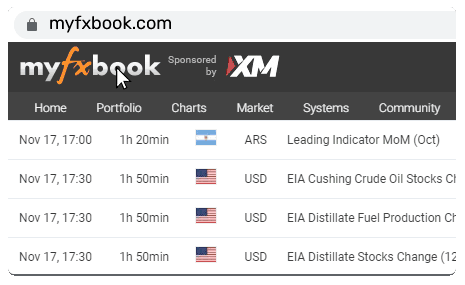Three major rates decisions in one week

- Rising yields may affect the BOJ's decision to control the yield curve.
- Market expectations and current yields give a high probability of the U.S. Fed key rate pause.
- The slowing U.K. annual inflation is the main reason for continuing the pause.
The week's main news will be the meetings of the Bank of Japan, Bank of England, and the U.S. Federal Reserve on monetary policy and possible changes in the key rate. It is important to understand what macroeconomic indicators the central banks pay attention to.
Until the decision, the Bank of Japan has all eyes on 10-year bond yields.
The recent rise in global interest rates has the BOJ thinking about new yield curve control (YCC) measures that may be announced at the end of the 30 – 31 October policy meeting. The Bank of Japan (BOJ) uses YCC to support the economy to keep the 10-year Japanese government bond (JGB) yield at around 0%. In July, it raised the effective yield cap from 0.5% to 1.0% to allow long-term rates to rise further, reflecting higher inflation. Meanwhile, rising U.S. bond yields are dragging Japanese peers higher, making it harder for the BOJ to keep the country's interest rates low, with 10-year bond yields approaching the 1% limit set in July.
The growing economic gap between Japan and the rest of the world puts severe pressure on the Japanese yen and increases imported inflation. Given the uncertainty over global growth and labour market conditions, the BOJ will likely abandon measures to move away from ultra-soft policy. But things could change dramatically if the 10-year JGB yield rises to around 0.9% at the beginning of the week. The BOJ may have to take action, said Kar Yong Ang, Octa analyst.
The Fed is expected to keep rates unchanged at its November meeting.
A week before the decision, the odds that the Fed will raise interest rates on 1 November appear to have decreased. It happens partly because long-term bond yields have risen slightly—10-year yields are now at 4.86%, up from 4.5% when the Fed last met to set policy. Besides, as assessed by the CME FedWatch Tool, market expectations currently give a 98% probability of keeping the rate on 1 November.
In addition, recent economic data suggest that inflation is generally declining, although not back to the 2% target. The latest employment data signal a slowdown in wage growth, which the Fed hoped for in a possible pause, said Octa analyst, Kar Yong Ang. Given all the factors, he added that if the U.S. Fed keeps the rate on hold, the U.S. dollar may show weakness in the short term.
The Bank of England is likely to extend its pause in November.
The Bank of England (BOE) will weigh up the latest data on wage growth and inflation before deciding what to do next with the bank rate, with the interest rate decision itself due on 2 November. Last month, the BOE made the surprise decision to leave borrowing costs unchanged at 5.25% for the first time in nearly two years.
According to the latest Consumer Prices Index (CPI) data from the Office for National Statistics (ONS) released on 18 October, the price growth in the U.K. was 6.7% year-over-year (YoY) in September vs 6.7% YoY and 6.8% YoY two months earlier. In terms of months, it was 0.5% Month-over-Month (MoM) vs 0.3% MoM and −0.4% MoM in September–August.
After falling last month, annual inflation remained unchanged in September, and it is moving further away from the area of the peak levels reached in October 2022 (11.1% yoy). The idea of slowing inflation is the main argument in favour of extending the pause for another month, said Octa analyst, Kar Yong Ang. He added that if the rate remains unchanged, we may see a local weakening of the national currency.
Decisions on monetary policy and key central bank rates aim to regulate the economy in the long term. If monetary policy is tightened, the exchange rate tends to appreciate. If it is loosened, the exchange rate tends to weaken. All three upcoming meetings have a soft, dovish tone. Use this information wisely.





















